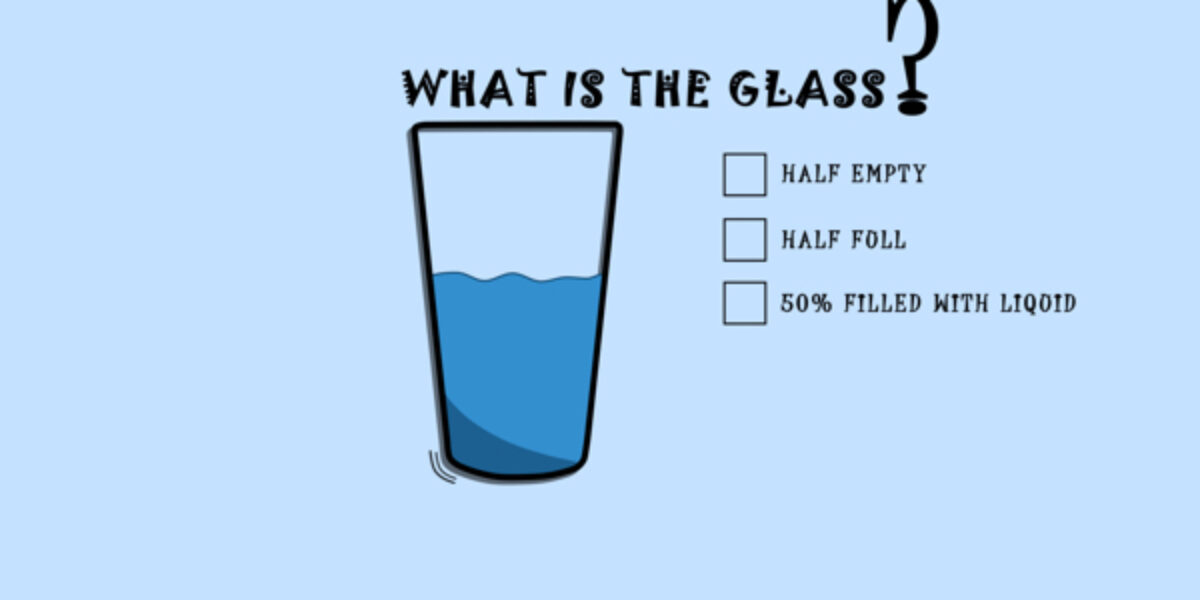For the last summer article I suggest that we learn how to make ourselves happier. I have just read a book by Tal Ben Sharar whose title is “The Pursuit of Perfect” which illustrates how our aspiration towards perfection is both a driving force that pushes us to better ourselves and a source of stress and harmful negative emotions.
He draws two different profiles which he defines as Optimalist and Perfectionist, as shown hereunder:
| The Perfectionist | The Optimalist |
| He is fearful and rejects failure as unacceptable because it does not reflect the ideal world that the Perfectionist imagines for himself and his life. He is therefore very critical of himself and of others whenever failure looms. He is very much on the defensive. |
He accepts failure as a source of learning. Obviously he tries to avoid it, but once failure occurs, he transforms it into something positive. Failure is a part of life. He is willing to talk about it in order to learn something from it. |
| He rejects negative emotions, whether within himself or others, and finds them unacceptable. |
He accepts negative emotions as being part of life. |
| He rejects success and is unable to enjoy it, since he always sees the “little flaw” that he could have shunned and is constantly haunted by the “if I had done this instead of that…” syndrome. |
He considers both success and failure as being parts of life. |
| He refuses to see reality because he lives in an ideal (and hence inaccessible) world. | He accepts reality because he lives in the real world with its flaws, its hazards, its positive and its negative sides. |
| Since for him the goal is more important than the journey, all actions and energy should be aimed at the final objective at whatever cost. He sees hitches in his journey as obstacles rather than as part of the journey. |
For him the journey is just as important as the goal and he realizes that straying from the objective can contribute to the learning process as much as the attainment of the goal itself. |
Tal Ben-Shahar defined this profile as Optimalist to distinguish it from the optimistic. The optimist sees somewhat naively “life in pink”, while the Optimalist knows to face the reality whether positive or negative.
Obviously nobody is 100% Perfectionist or Optimalist and we are all partly Perfectionist and partly Optimalist. Besides, the percentage of either can vary according to different stages of life. Often experience and the inevitable life-related failures bring a certain wisdom, which enables us to accept our own failures as well as the failures of others.
Now here comes my question: Since it is obvious that the Optimalist lives a much happier life than the Perfectionist, why do we find so many Perfectionists in the work environment? I keep seeing managers who will not accept the mistakes of their colleagues, thus forcing them to hide these mistakes which they keep repeating as if they were unable to act differently.
There’s the rub: in a Perfectionist environment it is more difficult to learn from mistakes because people don’t talk about them. Consequently, mistakes are repeated over and over again. If we don’t accept mistakes as being part of life, it is obviously difficult to share them with others.
Since medical errors are the third leading cause of death in American hospitals, some institutions have submitted reports meant to understand the causes behind this problem and at the same time try to lessen its negative impact. The main reason for these mistakes is the fear that patients may take legal action. Consequently, both doctors and nurses see these mistakes as an unmentionable taboo that must never be discussed among the medical staff or with patients.
Actually, several reports[1] have proven that whenever mistakes are accepted as inevitable in hospital life, nurses as well as doctors will discuss them together in order to find a solution, thus succeeding in reducing the number of deaths due to the repetition of the same mistakes. Furthermore, the fact that medical personnel discuss the causes of these mistakes with patients’ families contributes to lowering the amount of damages claimed.
Sharing mistakes is therefore the key both to finding a solution and to spreading this solution among a large number of people so as to keep the mistake from repeating itself within an organization.
Since our childhood, we are taught to do our best. Schools become increasingly competitive. From an early age children are told that they MUST succeed in order to have good grades, attend a good school and gain admittance to a top university which should offer the best chances to find a good job… And in all of this, how can the child, the teen-ager, the student, the young man or woman entering the job market, learn from his/her mistakes? Since a child from his youngest age is forbidden to make mistakes, how can he later, as a young adult, learn to rectify them by sharing them with others?
Being an Optimalist does not mean lacking ambition or not trying to do our best. Optimalists live better lives and learn faster and less painfully since mistakes are part of their life and of life in general. Optimalists also know that mistakes are the first source of learning. How many times does a child fall before learning to walk? Let’s not forget that penicillin, which saved millions of lives, was discovered thanks to an accident. In 1928 Doctor Fleming had just returned from vacation when he found that while he was away a mold had developed in the staphylococci petri dishes left unattended in his lab. This mold became the miraculous penicillin which would later be used to treat infections.
Obviously Optimalists live more happily than Perfectionists because they can enjoy success and gladly share it with others.
If you still have doubts after reading this article, I invite you to improve your well-being over the summer by boosting the Optimalist that slumbers within you!
[1] Cf for example studies quoted in this New York Times article « When doctors admit their mistake » August 19th 2010, written by Pauline W. Chen.; cf also article « Error reporting and disclosure » by Zane Robinson Wolf and Rhonda G ; Hughes http://www.ncbi.nlm.nih.gov/books/NBK2652/



